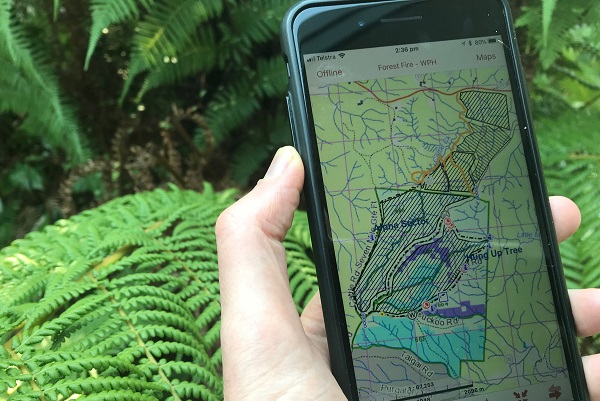We complete ecology reports are completed before a harvest plan is prepared and include desktop searches as well as field surveys.
We also carry out broad area habitat searches immediately prior to harvesting. These are completed by qualified and trained staff who search throughout the harvesting area to identify and protect environmental features such as drainage lines, threatened plants, trees to be retained, steep slopes, habitat features such as threatened ecological communities, raptor nests, bat roosts or caves, and evidence or records of threatened species.
Dens used by Greater Gliders are in older age class trees with large obvious hollows that have an entrance larger than 20 centimetres in diameter and a large cavity in which to shelter. Trees with these features are identified and marked for protection even if a Greater Glider or other hollow using species is not detected.
In areas with Greater Glider populations we also carry out nocturnal surveys.
On average, 40% of every harvest area is protected.
View our step-by-step explainer to learn more about the process of planning a native forestry operation


